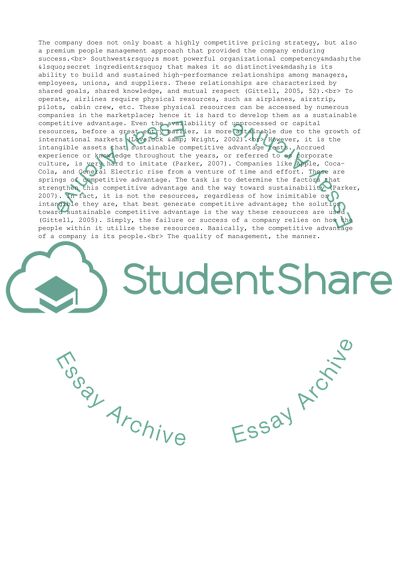Cite this document
(“Competitive Advantage through people Research Paper”, n.d.)
Retrieved from https://studentshare.org/business/1577741-competitive-advantage-through-people
Retrieved from https://studentshare.org/business/1577741-competitive-advantage-through-people
(Competitive Advantage through People Research Paper)
https://studentshare.org/business/1577741-competitive-advantage-through-people.
https://studentshare.org/business/1577741-competitive-advantage-through-people.
“Competitive Advantage through People Research Paper”, n.d. https://studentshare.org/business/1577741-competitive-advantage-through-people.


